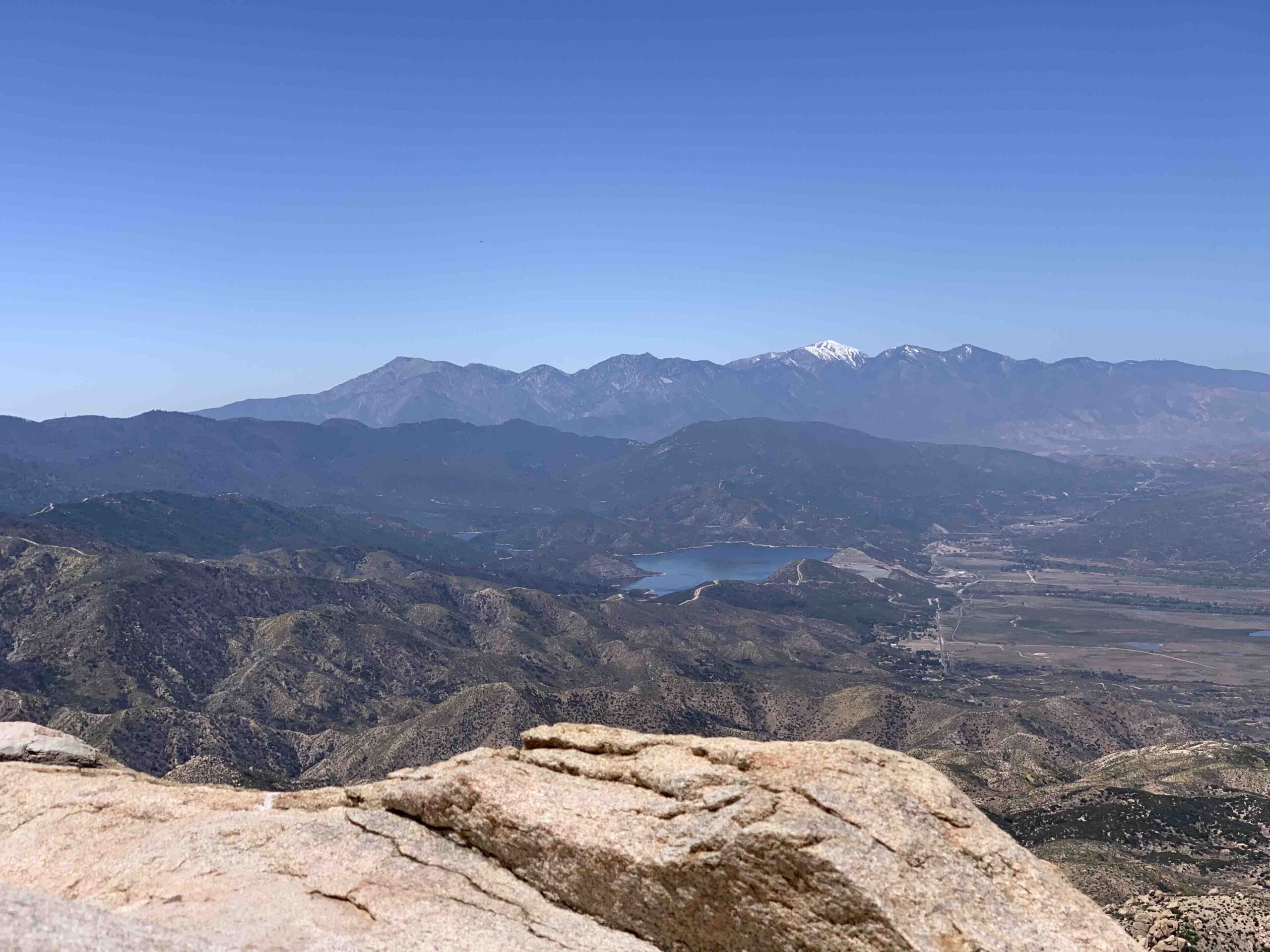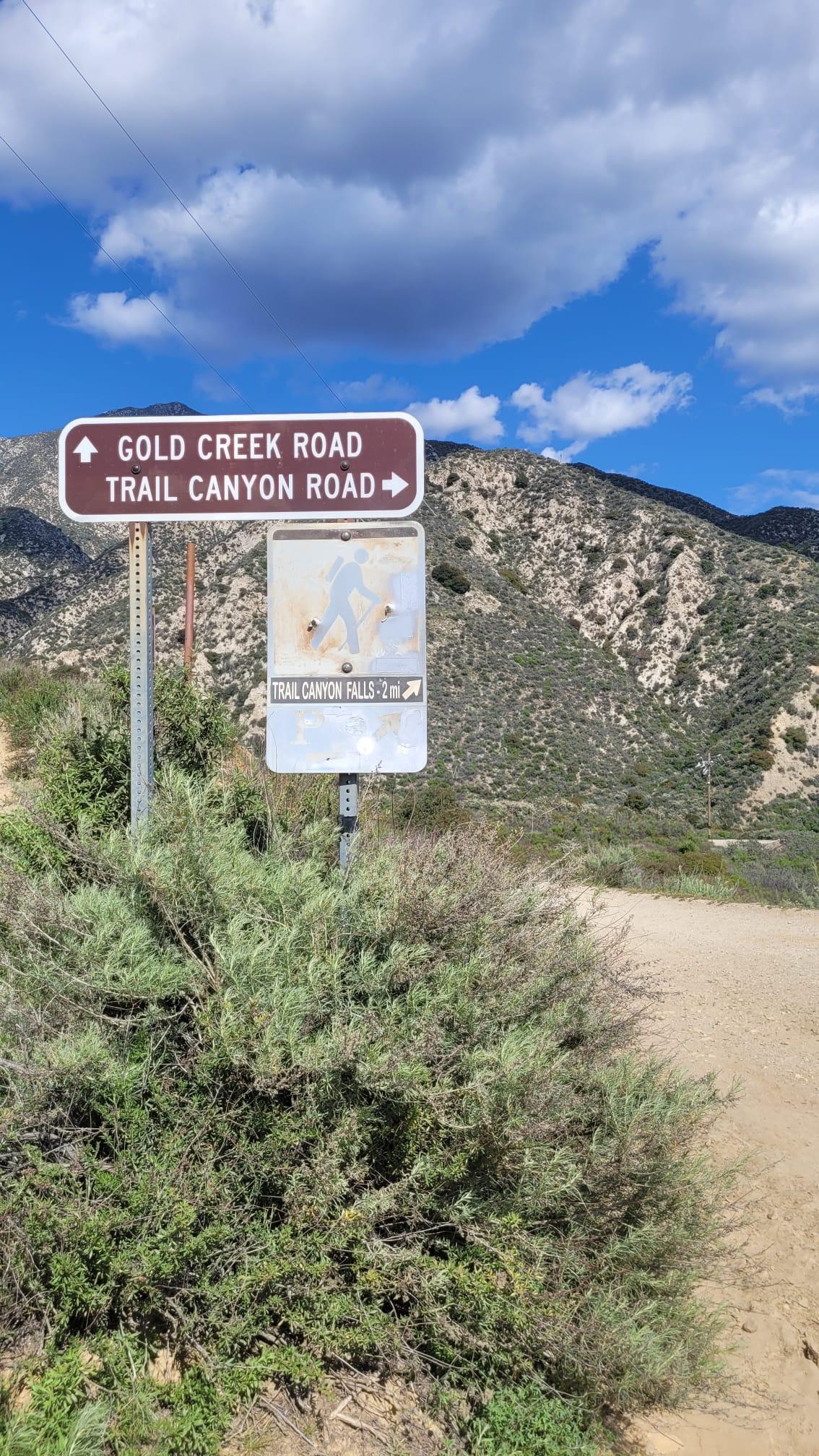The Los Angeles National Forest is home to a rich and varied plant life, encompassing diverse ecosystems from chaparral and oak woodlands to pine and fir forests. This expansive forest, covering over 700,000 acres, hosts a wide array of native species, including endangered plants and old-growth trees. The plant life in this forest plays a crucial role in maintaining biodiversity, preventing soil erosion, and providing habitats for numerous animal species.
What are the main ecosystems in Los Angeles National Forest?

The Angeles National Forest boasts several distinct ecosystems, each supporting unique plant communities:
- Chaparral and Oak Woodlands
- Pine and Fir Forests
- Riparian Areas
- Alpine Zones
Chaparral and Oak Woodlands
Chaparral, a dominant ecosystem in the lower elevations, is characterized by drought-resistant shrubs and small trees. Key species include:
- Chaparral whitethorn (Ceanothus leucodermis)
- Manzanita (Arctostaphylos spp.)
- Scrub oak (Quercus berberidifolia)
- Toyon (Heteromeles arbutifolia)
Oak woodlands, often intermingling with chaparral, feature various oak species such as:
- Coast live oak (Quercus agrifolia)
- Canyon live oak (Quercus chrysolepis)
- Valley oak (Quercus lobata)
Pine and Fir Forests
At higher elevations, coniferous forests dominate the landscape. Notable species include:
- Bigcone Douglas-fir (Pseudotsuga macrocarpa)
- Coulter pine (Pinus coulteri)
- Jeffrey pine (Pinus jeffreyi)
- White fir (Abies concolor)
- Lodgepole pine (Pinus contorta)
What are the endangered plant species in Los Angeles National Forest?

The Angeles National Forest is home to several endangered plant species, including:
- Nevin’s barberry (Berberis nevinii)
- Lyon’s pygmydaisy (Pentachaeta lyonii)
- Thread-leaved brodiaea (Brodiaea filifolia)
These species face threats from habitat loss, invasive species, and climate change. Conservation efforts are ongoing to protect and preserve these rare plants.
How do wildflowers contribute to Los Angeles National Forest plant life?
Wildflowers play a significant role in the forest’s biodiversity and aesthetic appeal. Some common wildflower species include:
- Brittlebush (Encelia farinosa)
- California poppy (Eschscholzia californica)
- Lupine (Lupinus spp.)
- Mariposa lily (Calochortus spp.)
- Yucca (Yucca spp.)
These wildflowers not only add vibrant colors to the landscape but also provide essential food sources for pollinators and other wildlife.
What are the old-growth forests in Los Angeles National Forest?
The Angeles National Forest contains approximately 29,000 acres of old-growth forests. These ancient ecosystems are primarily composed of:
- Jeffrey pine (Pinus jeffreyi)
- Coast Douglas-fir (Pseudotsuga menziesii var. menziesii)
- Ponderosa pine (Pinus ponderosa)
- White fir (Abies concolor)
Old-growth forests are crucial for maintaining biodiversity and providing unique habitats for numerous species.
How does plant life in Los Angeles National Forest adapt to fire?
Many plant species in the Angeles National Forest have evolved adaptations to cope with periodic wildfires:
- Resprouting: Some plants, like chamise and scrub oak, can resprout from their root crowns after fire.
- Serotinous cones: Certain pine species have cones that open and release seeds in response to heat.
- Fire-stimulated germination: Some seeds require fire or smoke to break dormancy and germinate.
- Thick bark: Trees like Jeffrey pine have thick bark that protects them from moderate fires.
What conservation efforts protect plant life in Los Angeles National Forest?
Several conservation initiatives are in place to protect and preserve the plant life in Angeles National Forest:
- Habitat management
- Invasive species control
- Fire management
- Endangered species protection
- Watershed conservation
These efforts aim to maintain the forest’s biodiversity and ecological integrity for future generations.
How can visitors experience Los Angeles National Forest plant life?
Visitors can explore the diverse plant life of Angeles National Forest through various activities:
- Hiking trails
- Nature walks
- Scenic drives
- Camping
- Educational programs
Popular trails for plant observation include:
- Switzer Falls Trail
- Mount Baden-Powell Trail
- Burkhart Trail
What is the best time to observe plant life in Los Angeles National Forest?
The optimal time to observe plant life in Angeles National Forest varies depending on the specific plants and ecosystems:
| Season | Best for Observing |
|---|---|
| Spring | Wildflowers, new growth |
| Summer | Alpine plants, mature foliage |
| Fall | Changing colors, seed production |
| Winter | Evergreen species, dormant plants |
Spring (March to May) is generally considered the best time for wildflower viewing, while fall offers beautiful foliage colors in deciduous trees.
By exploring the diverse plant life of Los Angeles National Forest, visitors can gain a deeper appreciation for the complex ecosystems and the importance of conservation efforts in preserving this natural treasure for future generations.
References:
1. Angeles National Forest – Wikipedia
2. Threatened Mainland Plants – Biodiversity Atlas of LA
3. Wildflowers in Angeles National Forest – Travel to Eat
4. iNaturalist – Angeles National Forest

